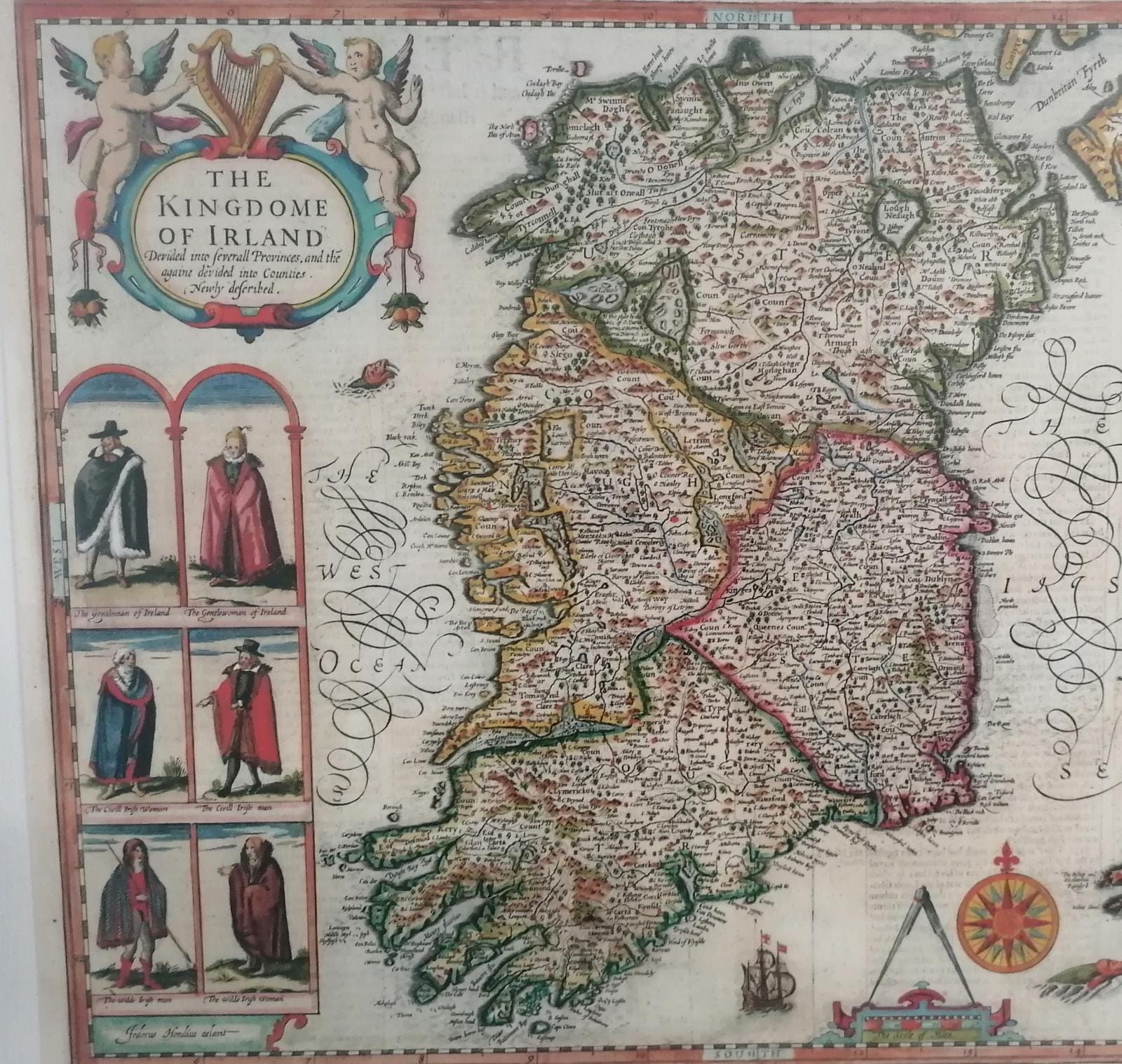From Black Sea to Baltic Sea - the travel to/from Gdynia – Banu David Andrei
Cork is Ireland's second biggest city, being located in the south. The name "Cork" comes from Corcaigh, which means marshlands, and it was built on the banks of river Lee.

The first to inhabit ancient Ireland were the Celts, who had their own culture, rituals and traditions. Though the Irish Celts were never conquered by the Romans, they converted to Christianity in a matter of a few years, thanks to Saint Patrick, a Welsh slave who is now regarded as the one who converted the Irish people. Legend says that Cork was founded as a monastic settlement by the bishop of Cork, Saint Finbar, in the 600s. In the early 9th century, the Vikings first set foot on Irish soil and were eventually assimilated into Old Cork's culture. For the next 600 years, medieval Cork developed thanks to grain, cattle and butter exports, although +90% of its residents were still poor servants.
England first took control over Cork in the 16th century, when they harshly imposed the English language over Gaelic - which functioned - and tried to convert the Irish to Protestantism. Today, however, only Northern Ireland remains Protestant. Due to British mismanagement, Ireland experienced a terrible potato famine in the 1840s, therefore overcrowding Cork with people looking to migrate. Although the next decades were miserable for Cork's citizens, important industries such as brewing, distilling, wool and shipbuilding continued to improve. Consequently, Cork's population increased, and it became an important hub for Irish culture and eventually for revolutionaries seeking independence. Following the Irish War of independence, they became a British dominion in 1922 and gained total independence in 1949.
After independence, Cork was still poor, until the 90s, when, thanks to economic reforms, Ireland experienced an incredible economic boom. Cork modernised and is now one of the safest, most developed and friendliest cities in Europe.
The Irish Potato Famine – Aparu Vlad Ștefan
The Irish Potato Famine was a period of both mass starvation and disease that took place in Ireland between 1845 and 1852. The famine had a tremendously profound impact on the Irish society and its legacy of bitterness is still felt today.

The main cause was the failure of the potato crop due to rot in a poor nation with rapid population growth in the past decades. The crop was easy to grow and was adapted to Irish soil and climate, making it an ideal food source for an impoverished population. However, when the potato harvest failed, the Irish starved to death mostly because of the Victorian Government which had a policy of prioritising food exports from Ireland rather than making it available to the starving population. This policy was driven by the belief that the market would provide the best solution to famine, though this approach only worsened the famine.
The effects of the famine were devastating. A million people died and another million emigrated from Ireland in search of a better life in North America and Oceania. Ireland's population shrank by 25%, having not recovered from it even today, especially in the western part of the country - Galway and Limerick notably. Irish society stagnated for decades, Gaelic culture was erased, and religious extremism was the norm. Many Irish blamed the British government for their suffering, calling it a genocide, and began to demand independence from British rule. The Famine was a key factor in the Irish War of Independence, thanks to which the Irish Republic was eventually created.
The loss of so many people had a profound impact on Irish society - only recently have the Irish begun to discuss the famine. Needless to say, after much suffering, Ireland is now thankfully a wealthy country whose history is only to be learnt from.